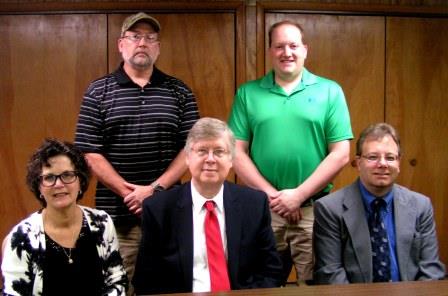Two-year milestones offer transparency and EPA holds states accountable
ANNAPOLIS, Md. – Chesapeake Bay Foundation President William C. Baker issued this statement following the release of the Environmental Protection Agency’s (EPA) 2012-13 milestone assessments and the actions it is taking to ensure progress.
The EPA’s assessment closely tracked the assessment done by CBF and the Choose Clean Water Coalition, which found both progress and areas in need of improvement in all jurisdictions.
The two-year milestones, along with pollution limits and individual state plans to achieve those limits make up the Chesapeake Clean Water Blueprint, which is the roadmap for Bay restoration and clean water throughout the region.
The blueprint calls for the states and federal government to implement 60 percent of the practices necessary to restore water quality by 2017 and to finish the job by 2025.
“The transparency and accountability that these milestones provide are crucial to meeting the goal of restoring water quality in local rivers, streams, and the Chesapeake Bay. EPA’s analysis and the actions it is taking represent the leadership the Bay and all the rivers and streams need, both strong and fair,” said Baker.
“Each of the Bay jurisdictions must do better if they are to achieve their 2017 and 2025 goals. EPA has identified the strengths and weaknesses in each jurisdiction, as well as pointing out what each must do to improve its performance. We have seen progress, demonstrating that the Chesapeake Clean Water Blueprint is working, but the Bay jurisdictions clearly need to accelerate their efforts.
“But clearly, Pennsylvania has been given a failing grade. The Commonwealth must demonstrate leadership immediately to improve its pollution reduction efforts. People upstream and down will benefit. In Pennsylvania, jobs will be created, streams and drinking water will be cleaner, fish stocks will be healthier, and the Bay will improve.
“Holding the states accountable for meeting their commitments is a historic event in Bay restoration efforts, one which will ensure that we leave a legacy of clean water to our children and future generations.”
Highlights of EPA’s analysis:
Pennsylvania, which is largest contributor of nitrogen pollution to the Chesapeake Bay, did not meet its 2013 nitrogen reduction goal, and is not on track to meet its 2017 goals.
Because of shortfalls in agriculture and urban/suburban runoff, EPA will condition its grants to the Commonwealth to ensure the money goes to help accelerate implementation of key practices.
The EPA is also considering requiring additional pollution reduction from sewage treatment plants if progress continues to be insufficient. CBF calls on Pennsylvania to:
- Conduct comprehensive and meaningful inspections for compliance with existing laws in both the agricultural and urban sectors, and where necessary to ensure consequential and timely enforcement;
- Develop specific and quantifiable permits for regulated urban/suburban stormwater; and
- Enact a severance tax on unconventional natural gas drilling, which prioritizes significant resources towards implementing pollution reduction practices.
Maryland met its 2013 pollution reduction goals. CBF calls on Maryland to:
- Finalize and begin to implement the Phosphorus Management tool so that all fields are managed for phosphorus by 2017;
- Promulgate Accounting for Growth regulations so that pollution from new development doesn’t undo the water quality progress already achieved; and
- Ensure accountability and on-the-ground results from new urban/suburban polluted runoff permits.
Virginia met its 2013 pollution reduction goals; however, the EPA found that additional emphasis is needed to reduce pollution from agriculture and urban/suburban runoff. The EPA will conduct enhanced oversight of efforts to reduce pollution from urban/suburban runoff. CBF calls on Virginia to:
- Fully and consistently fund the Natural Resources Commitment Fund to ensure farmers have the necessary cost-share resources for critical conservation practices;
- Finalize new permits for our urban centers by the end of 2014; and
- Invest $50 million a year in the Stormwater Local Assistance Fund to help Virginia localities better manage polluted runoff.



